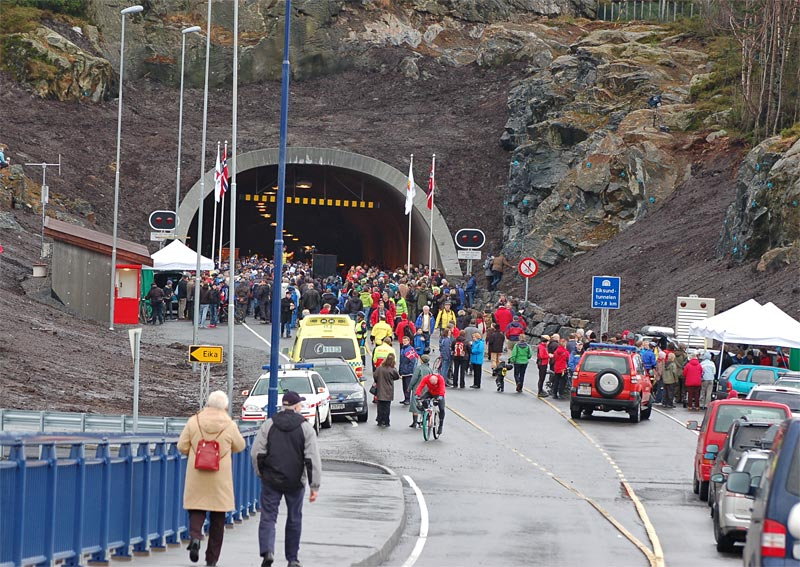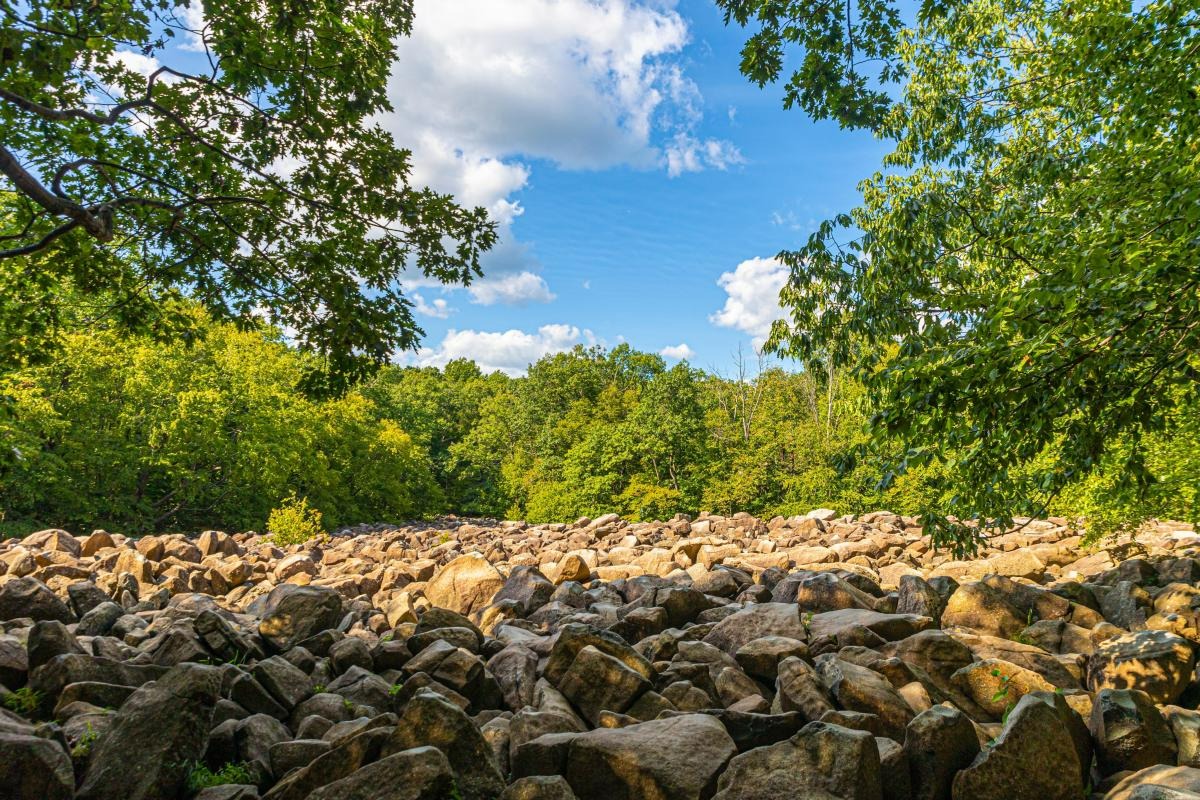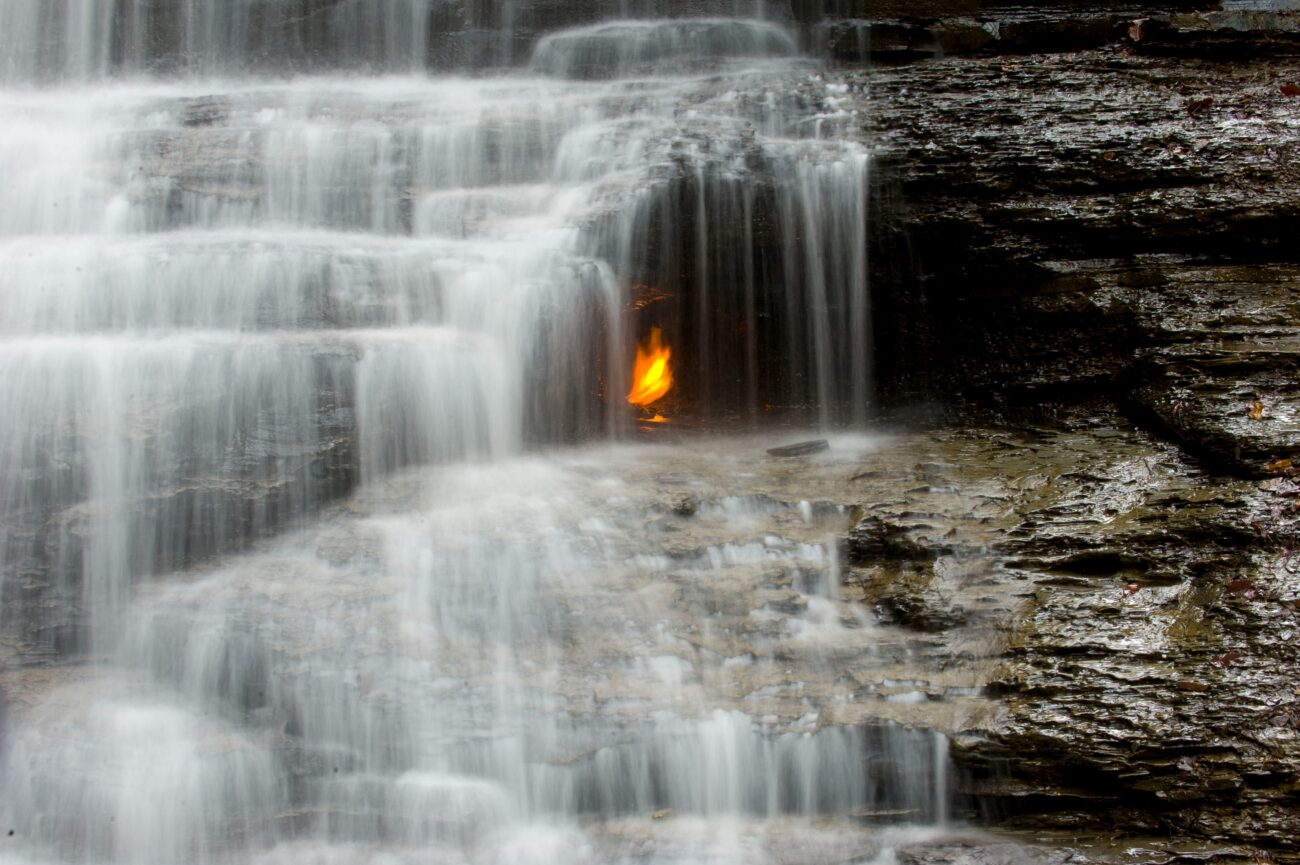You know that moment when you realize the impossible was just Tuesday for someone with a hard hat and a vision? These submerged passages don’t merely connect coastlines—they weave together economies, cultures, and the stubborn human refusal to let water dictate where stories end. From Victorian London’s audacious gamble to modern titans plunging deeper than cathedral spires reach skyward, each tunnel carries whispers of waves overhead and the weight of dreams that refused to drown.
11. Thames Tunnel

Victorian dreamers took one look at the Thames and decided water wasn’t the boss of them. Marc Brunel’s 396-meter masterpiece opened in 1843, armed with revolutionary tunneling shield technology. Originally conceived for horse-drawn carriages, persistent flooding turned construction into an expensive swimming lesson. The Thames Tunnel eventually found its true calling carrying railway lines, proving sometimes the best plans are Plan B wrapped in muddy boots and determination.
10. Seikan Tunnel

Japan’s Seikan Tunnel is a 53.85-kilometer engineering symphony connecting Honshu and Hokkaido beneath restless waters. Twenty-three kilometers sleep underwater, while advanced systems dance with earthquake tremors and crushing pressure. Construction spanned twenty-four years—longer than some civilizations last. The tunnel now carries bullet trains through what was once an impossible gap, turning geographical barriers into footnotes.
9. Channel Tunnel (Eurotunnel)

Britain finally decided to shake hands with continental Europe beneath the English Channel’s moody waters. This Channel Tunnel marvel stretches 50.45 kilometers, with thirty-seven underwater kilometers and three tunnels working in perfect harmony. Two carry trains while the third stands ready for emergencies, like a backup singer who saves the show. Cross passages offer refuge when Murphy’s Law meets underground engineering.
8. Tokyo Bay Aqua-Line

Picture driving toward Tokyo Bay when the road suddenly dips beneath waves like a shy swimmer. Four kilometers of tunnel emerge onto Umihotaru, an artificial island serving as the world’s most elaborate rest stop. The Tokyo Bay Aqua-Line, a fourteen-kilometer combination of bridge and tunnel engineering, opened in 1997, weathering typhoons and earthquakes with quiet confidence. Initial tolls were steeper than the tunnel itself, but travelers eventually discovered the magic of bypassing ferry schedules.
7. Eiksund Tunnel

Sometimes breaking records means going impossibly deep instead of impossibly long. The Eiksund Tunnel, a 7.77-kilometer Norwegian passage, plunges 287 meters below sea level—deeper than most skyscrapers climb high. Opened in 2008 with gradients reaching nine percent, it connects island communities previously dependent on ferry schedules and weather moods. Advanced ventilation systems ensure drivers don’t feel like they’re descending into maritime purgatory.
6. Ryfylke Tunnel

Norwegian fjords once demanded ferry patience and weather prayers for crossing. Now fourteen kilometers of engineering ambition descend 292 meters deep, claiming the 2019 title of world’s longest subsea road tunnel. Special lighting systems and color schemes guide drivers through underwater darkness, proving even utilitarian infrastructure can have a touch of Scandinavian design sensibility. The tunnel transformed regional commerce from ferry-dependent to ferry-free.
5. Western Scheldt Tunnel

Dutch engineers looked at soft soil and high water tables and saw opportunity disguised as obstacles. This 6.6-kilometer passage employs immersed tube technology, with prefabricated segments floated into position like massive underwater LEGO blocks. Opened in 2003, it connects Ellewoutsdijk and Terneuzen beneath the Western Scheldt estuary. The tunnel improved regional trade efficiency while proving that sometimes the best solution involves floating concrete underwater.
4. Elizabeth River Tunnels

Public-private partnerships found their voice beneath Virginia’s Elizabeth River waters. Multiple projects danced together—renovated tunnels, fresh construction, expanded highways—funded through innovative financing models. The complex venture improved traffic flow between Norfolk and Portsmouth while sparking heated debates about tolling structures. Sometimes progress comes with a price tag that makes commuters nostalgic for traffic jams.
3. Fehmarnbelt Fixed Link

European integration dreams take concrete form beneath Baltic waters in the late 2020s. The Fehmarnbelt Fixed Link will become the world’s longest immersed tunnel when complete, connecting Denmark’s Rødbyhavn with Germany’s Puttgarden. Advanced prefabrication techniques speed construction toward a transformed continental connection. The project aims to shift freight from ferries to rails, proving environmental consciousness can drive infrastructure decisions.
2. Eurasia Tunnel

Where Europe meets Asia beneath Istanbul’s Bosphorus, engineering confronts earthquake country with seismic isolation joints, which dance with tremors instead of fighting them. The Eurasia Tunnel links continents through advanced design that treats geological instability as a puzzle rather than a problem. Construction finished ahead of schedule with zero fatalities—rare achievement in tunneling projects. The result transforms daily commutes from intercontinental journeys into neighborhood trips.
1. Busan-Geoje Fixed Link

South Korean waters carry stories of connection across engineering that marries submerged tunnels with soaring bridge elements. Weather, currents, and waves challenged every construction day, demanding risk management strategies that treated the ocean as an unpredictable business partner. The Busan–Geoje Fixed Link facilitates daily commuting while strengthening economic bonds between Busan and Geoje Island. Sometimes the most beautiful infrastructure hides beneath the surface, connecting communities one carefully engineered meter at a time.


















